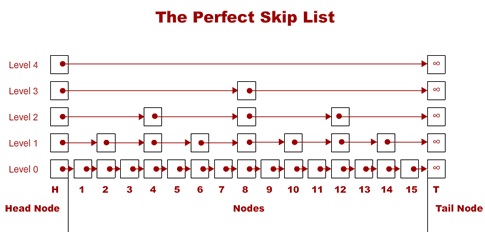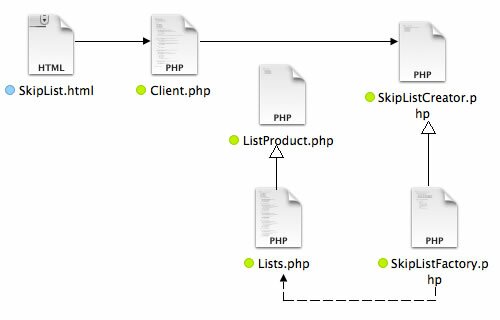 What Are the Guidelines?
What Are the Guidelines?
Like just about everything else in computing, there’s a certain amount of empirical testing. More importantly, however, are the general principles derived by both empirical and mathematical calculations. In the first post on algorithms and OOP, you saw an example that showed how many operations were necessary to find “Waldo,” a name near the end of an array of over 1,000 elements. One used a straight up loop and the other a binary search algorithm. Both were pretty quick; in fact it was hard to tell the difference in speed, and without seeing the little dots, you would not have seen the number of iterations required in each algorithm. You also saw that quadratic algorithms grew at rates that can quickly reach a point where processing comes to a crawl.
A Table Guide
Table 1 is derived from the 4th Edition of Algorithms (2011, p. 187) by Robert Sedgewick and Kevin Wayne. I’ve summarized it further. (Examples in the book are all in Java.) It is a rough but useful guide, and I have found it handy for a quick look-up.
Table 1: Algorithm Order of Growth
| Name | Order of Growth | Description | Example |
|---|---|---|---|
| constant | 1 | statement | 2 + 7 |
| logarithmic | log N | divide in half | binary search |
| linear | N | loop | find max |
| linearithmic | N log N | divide & conquer | mergesort |
| quadratic | N² | double loop | check all pairs |
| cubic | N³ | triple loop | check all triples |
| exponential | 2N | exhaustive search | check all subsets |
Fortunately, most of the time our algorithms are pretty simple statements, single loops or recursive calls. All of the models in green are algorithms we should try and stick with. You should avoid the reds ones if possible.
What About Recursive Algorithms?
Those who love to profess a little knowledge like to say that recursion is slower than a loop. As indicated, we really don’t want to end up paying attention to small costs. Recursion is important, and using recursive algorithms is cost effective, especially since the difference in running time is negligible.
We often use recursive implementations of methods because they can lead to compact, elegant code that is easier to understand than a corresponding implementation that does not use recursion.
~Robert Sedgewick and Kevin Wayne
(A recursive example of a logarithmic algorithm is not included here, but you can find a recursive binary search in the post on binary searches.) What we need to pay attention to are the order-of-growth issues. For example, quadratic algorithms on the lower end of the scale are not really that bad, but when the N increases at a squaring rate, it’s easy to run into problems. So if you avoid quadratic algorithms, you’ll be better off when the N increases. On the other hand, whether you’re using a recursive method for a binary search, you’ll not see that much of a difference as the N increases compared to non-recursive methods.
A Strategy Design Pattern Handles Algorithms
This blog has lots of posts detailing the Strategy design patterns; so if you’re not familiar with a PHP implementation of the Strategy pattern, you might want to take a quick look at the code. To get started, play the example and download the code.
![]()
![]()
In the last post on algorithms, the program used a Factory Method pattern to produce an array, and in this post, the same pattern is used and two additional array products have been added. However, instead of having the algorithm classes be more or less on their own, all of the algorithm classes have been organized into a Strategy design pattern. Figure 1 is a file diagram of the objects in the application:

Figure 1: Object groupings with Strategy and Factory Method patterns
If Figure 1 looks a bit daunting, it is only three object groupings. The HTML and PHP Client make a request for one of seven algorithm implementations through a Strategy pattern. The concrete strategy implementations all get their data from a “data factory.” Figure 2 provides an easier (and more accurate) way to understand what’s going on.

Figure 2: Overview of the main purposes of the objects.
Figure 2 shows a simplified version of what the program does. The Context class considerably eases the requesting process. The HTML UI passes the name of the requested concrete strategy to the Client, and the Client uses the name as a parameter in a Context method. The Client is not bound to any of the concrete strategies because the strategy classes are handled by a Context object and method. (Click continue to see the PHP implementations of the algorithms.)
Continue reading ‘PHP OOP & Algorithms II: What to Use’
 Avoiding the Misinformed
Avoiding the Misinformed
 Recursion as Client
Recursion as Client The Perfect Skip List
The Perfect Skip List

 A Simple Factory Method CMS
A Simple Factory Method CMS


Recent Comments